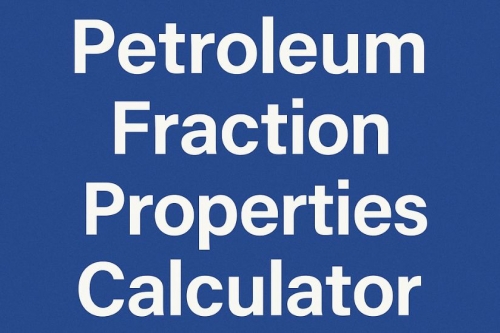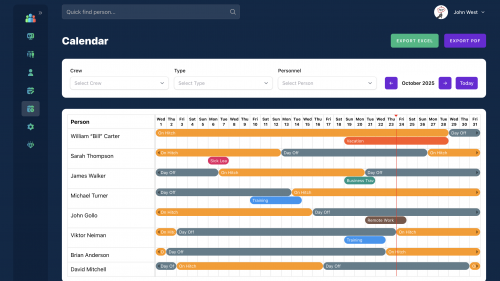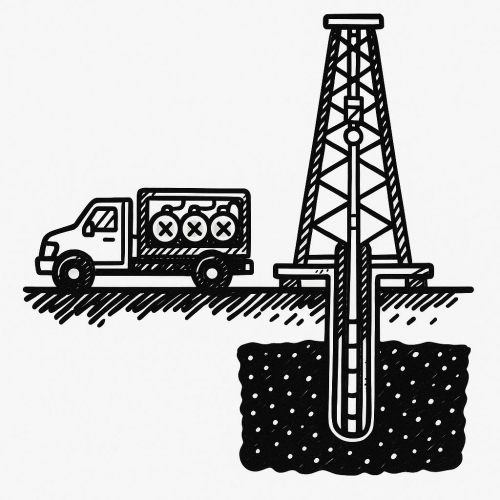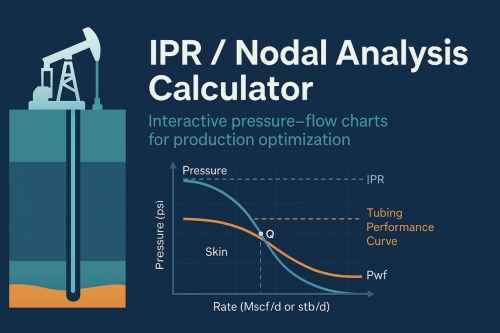Oil and gas exploration and extraction are complex processes that require careful consideration of various drilling parameters. These parameters play a crucial role in determining the efficiency, safety, and success of drilling operations. In this article, we will delve into the key parameters that influence oil and gas well drilling and their significance in achieving optimal extraction results.
**1. Drilling Depth:
The drilling depth, also known as the "total vertical depth," refers to how deep the wellbore is drilled into the Earth's crust. This parameter is fundamental as it determines the overall reach of the well and the potential reservoirs it can tap into. It directly affects the cost of drilling, the volume of resources extracted, and the complexity of the drilling process.
**2. Rate of Penetration (ROP):
The Rate of Penetration is the speed at which the drill bit advances through the rock formations. It is influenced by factors such as the type of drill bit, drilling fluid properties, and the formation's hardness. A higher ROP can expedite drilling operations, reducing costs and time, but it must be balanced with maintaining the integrity of the wellbore.
**3. Mud Weight:
Mud weight, or drilling fluid density, is a critical parameter that impacts well stability and helps control pressure within the wellbore. Proper mud weight prevents blowouts by counteracting formation pressures. However, using mud that is too heavy can lead to formation damage and lost circulation. Finding the optimal mud weight is essential to maintaining wellbore integrity.
**4. Bit Selection:
The choice of drill bit depends on the type of rock formations being encountered. Roller cone bits are efficient in softer formations, while diamond bits are better suited for hard formations. Hybrid bits combine features of both and are used for mixed formations. Selecting the right bit maximizes drilling efficiency and lifespan.
**5. Rotary Speed and Torque:
Rotary speed and torque are interconnected parameters that influence the efficiency of drilling. Proper rotary speed prevents excessive bit wear and improves drilling performance. Torque, on the other hand, affects the bit's ability to cut through formations. Balancing these parameters ensures smooth drilling operations.
**6. Wellbore Diameter:
The diameter of the wellbore affects the volume of resources that can flow to the surface. It also impacts casing design and well stability. A larger diameter allows for greater production rates but might require more casing material. Wellbore diameter is a crucial parameter for achieving the desired production goals.
**7. Formation Evaluation:
Formation evaluation parameters, such as resistivity, porosity, and permeability, provide insights into the potential productivity of the well. These parameters guide decisions related to drilling and completion strategies, helping to optimize resource extraction and reduce risks.
Conclusion:
Oil and gas well drilling parameters are pivotal in determining the success of exploration and extraction operations. A thorough understanding of these parameters and their interplay is essential for achieving optimal results in terms of efficiency, safety, and production. By carefully considering drilling depth, ROP, mud weight, bit selection, rotary speed, torque, wellbore diameter, and formation evaluation, industry professionals can navigate the complexities of drilling and extraction to meet the world's energy demands.

%20(1).png)



